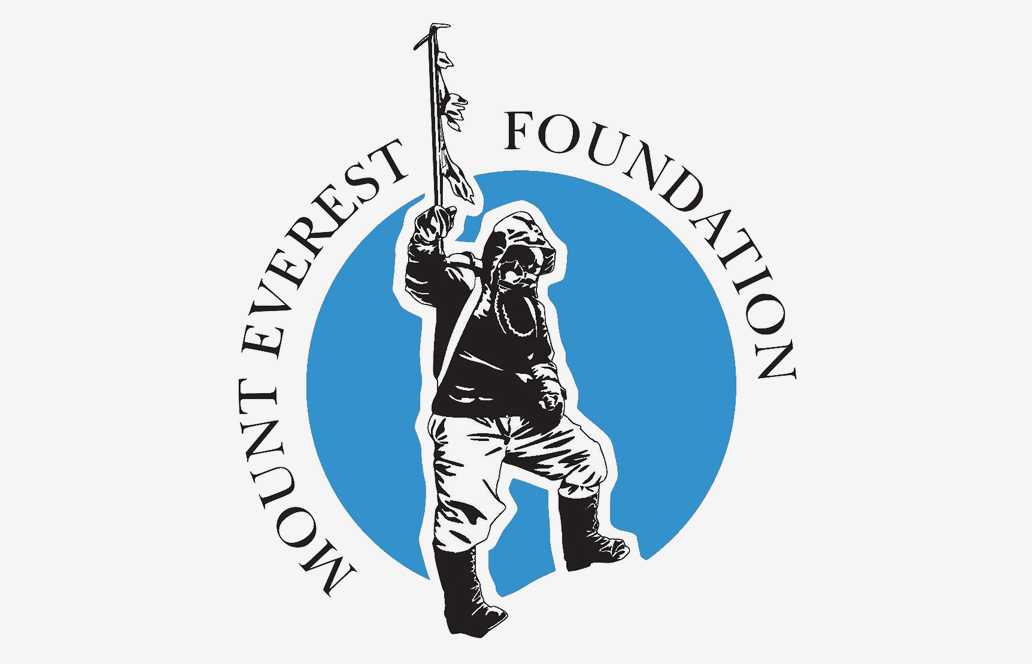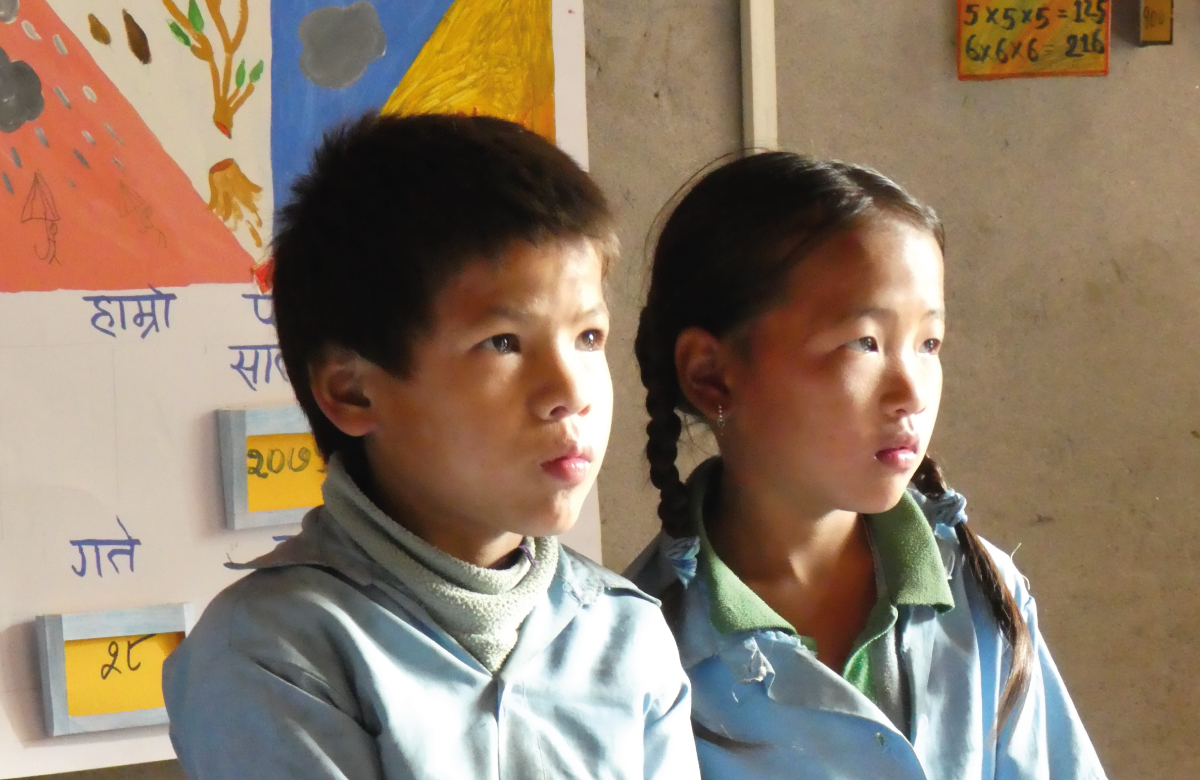The 1953 British Mount Everest expedition was the ninth mountaineering expedition to attempt the first ascent of Mount Everest. Tenzing Norgay and Edmund Hillary reached the summit on 29 May 1953. Led by Colonel John Hunt, it was organised and financed by the Joint Himalayan Committee.

Ang Norbu, Dawa Thondup, Da Namgyal, Tashi Phutar, Ang Tharke, Ang Temba, Ang Tsering, Pasang Dawa, Topkie, Kancha, Thondup Annullu, Ang Dawa II, Ang Nyima, Pemba Norbu, Phu Dorji, Gompu, Gyaljen, Ang Dorji, Da Tensing, Ang Namgyal
























